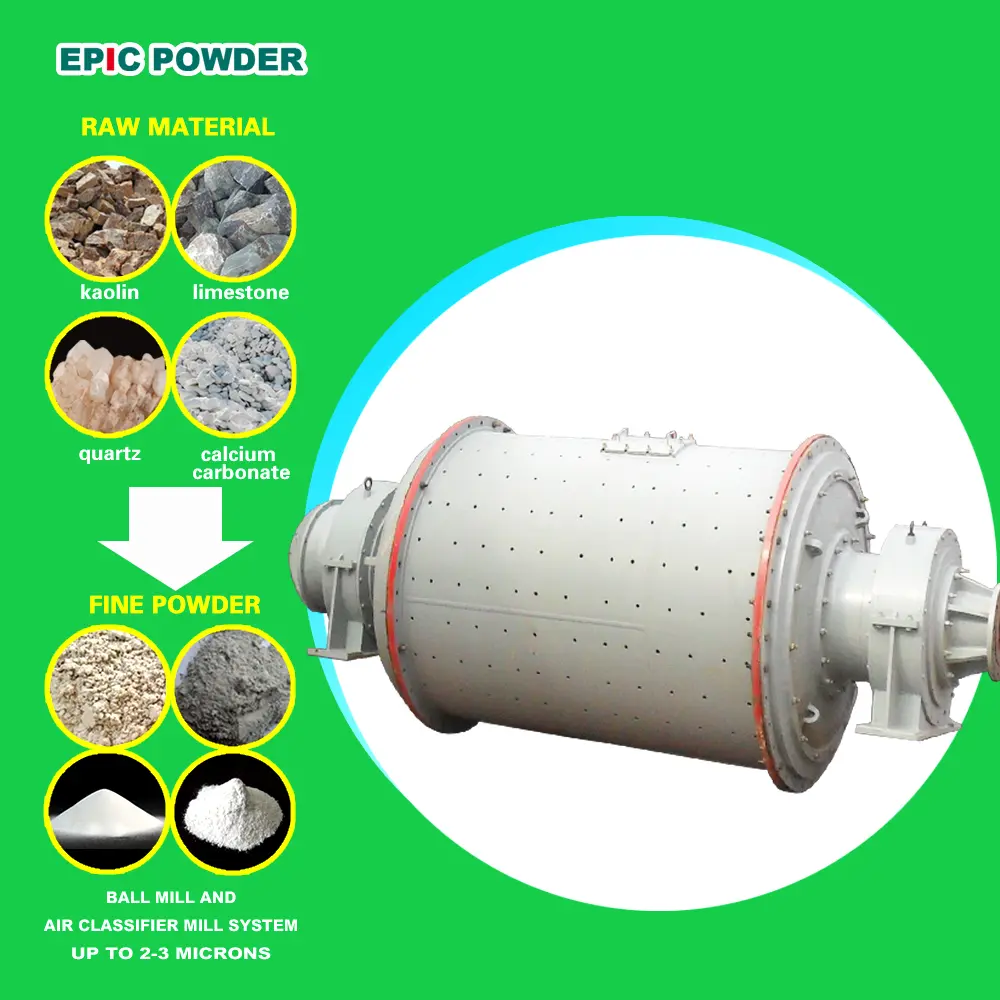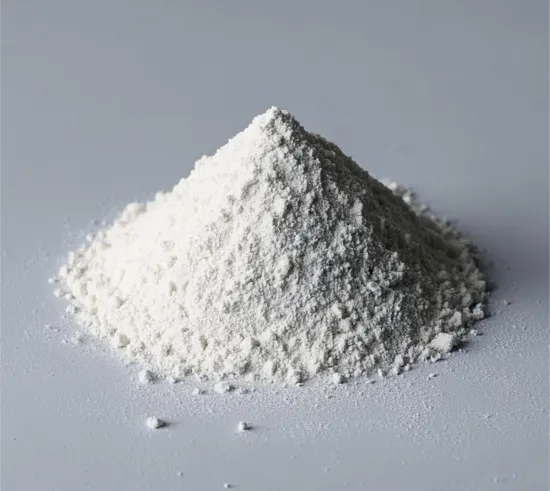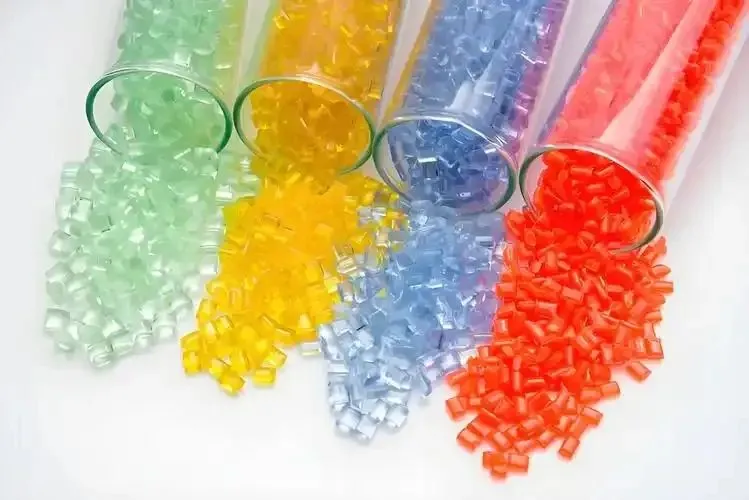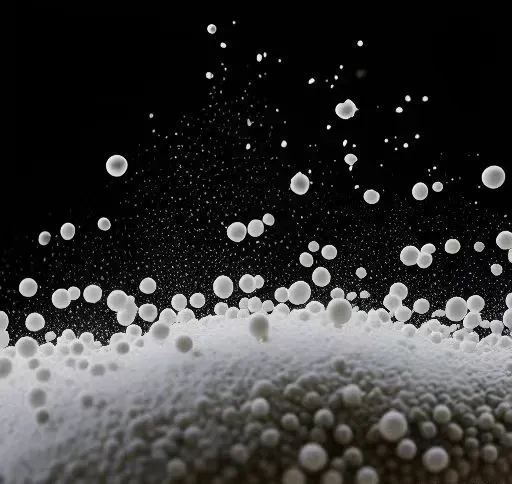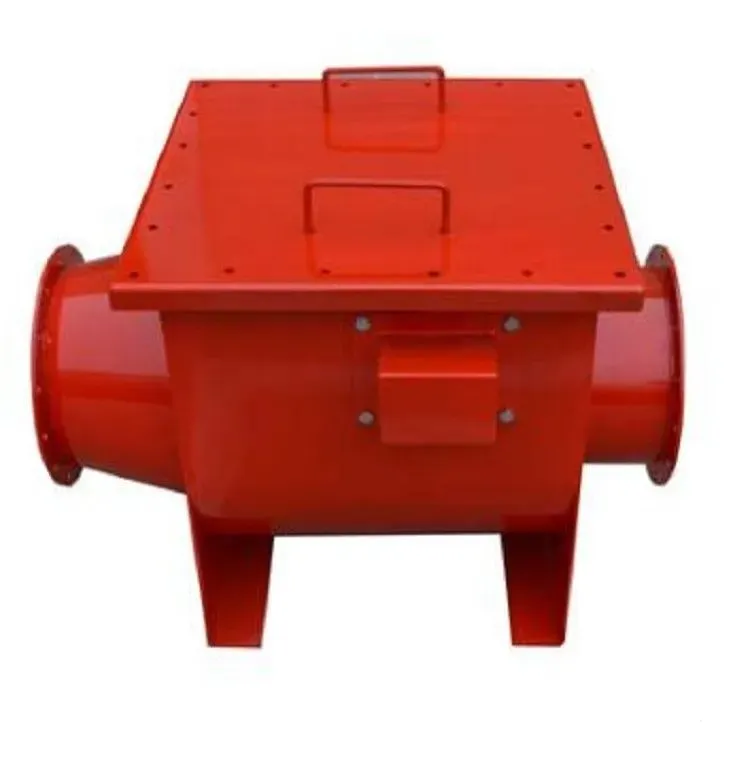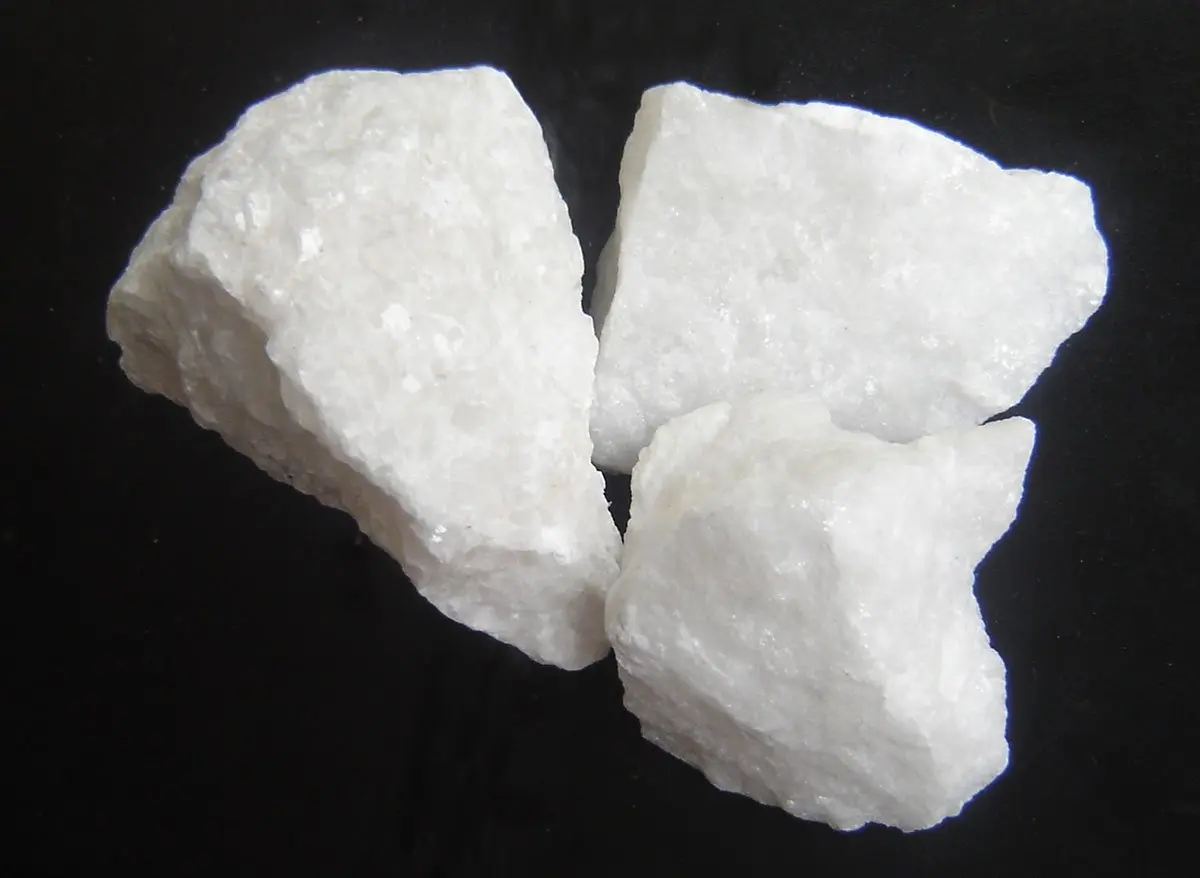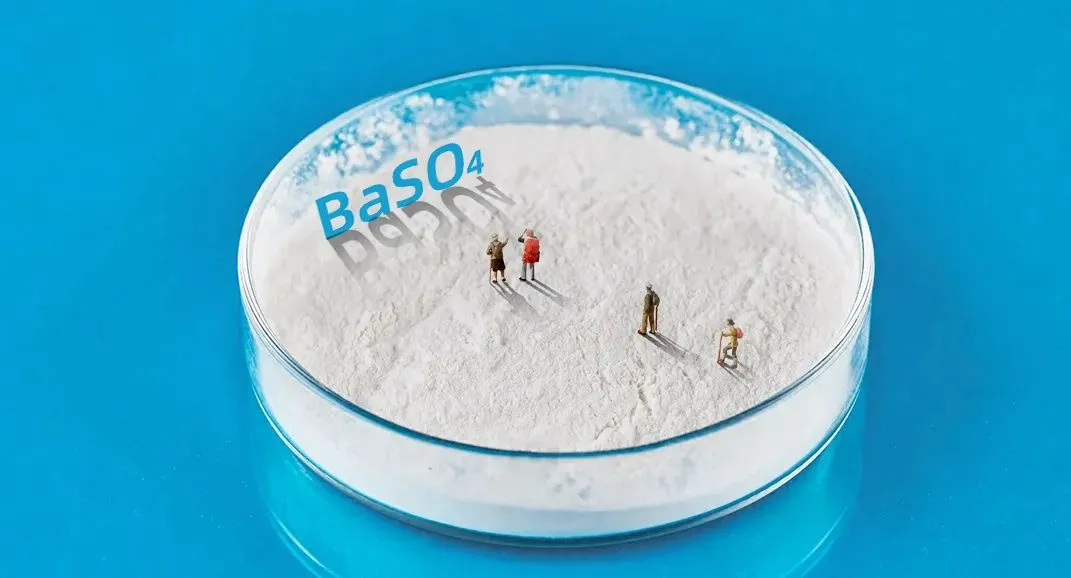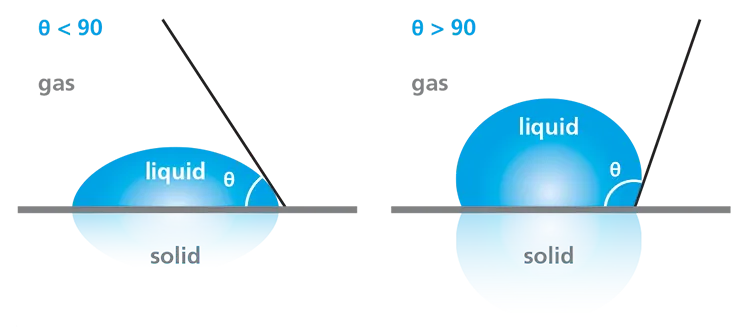Titanium dioxide is the best white inorganic pigment so far, and is widely used in coatings, plastics, inks, papermaking, rubber, chemical fibers and cosmetics.
The effectiveness of titanium dioxide as a pigment is primarily due to its optical properties, which are influenced mainly by its surface characteristics. The core of the TiO₂ particles plays a minimal role in determining pigment performance.
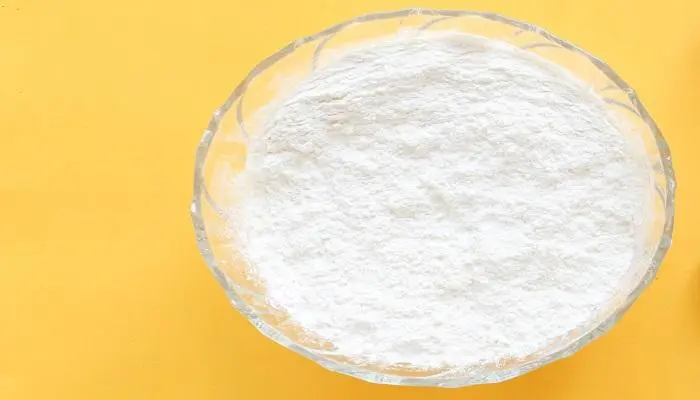
Ordinary calcium carbonate is significantly less expensive, costing only a few hundred to a few thousand yuan per ton, while titanium dioxide can cost as much as 17,000 yuan per ton. The prospect of replacing or partially replacing titanium dioxide with calcium carbonate presents a substantial cost-saving opportunity.
A team led by Professor Ding Hao at the China University of Geosciences (Beijing) has developed a strategy to enhance the performance of TiO₂ by creating an ordered composite structure combining minerals and TiO₂ particles. This research has resulted in four innovative processes that enhance the pigment properties of TiO₂ and enable its green production.
1. Liquid Phase Mechanical Grinding Method
This process involves activating solid particles through mechanical grinding in a liquid medium (primarily water), inducing an interface reaction between calcium carbonate and submicron TiO₂ particles. The outcome is coated composite particles.
Key advantages of this method include:
- No use of toxic chemicals
- No production of wastewater, waste gas, or solid waste
- Low energy consumption, with a processing cost of under 1,000 yuan per ton
2. Carbonation Method
In this method, TiO₂ particles are added to a calcium hydroxide [Ca(OH)₂] emulsion, followed by a carbonation reaction with CO₂ gas. This process creates a CaCO₃-TiO₂ composite pigment.
By utilizing inexpensive calcium carbonate and a gas-phase precipitation technique that is easier to control, this method allows for reduced TiO₂ consumption while maintaining pigment performance. This approach also helps to lower costs for the end users.
3. Hydrophobic Agglomeration Assembly Method
In this technique, TiO₂ serves as the primary assembly unit, while CaCO₃ acts as the guest particle. The hydrophobic forces on the particle surfaces in a water-based system drive the combination of TiO₂ and CaCO₃ particles. This leads to the construction of a well-organized and stable coating distribution of TiO₂ on the surface of CaCO₃ particles.
The method is environmentally friendly and energy-efficient, producing no waste. Additionally, the resulting composite pigment exhibits hydrophobic properties, making it highly compatible with organic systems.
4. Thermal Depolymerization and Strong Composite Technology
This dry process involves thermal depolymerization, modification, coating, and interleaved isolation to create TiO₂ post-processing products. The resulting mineral-TiO₂ composite pigment demonstrates high and stable dispersion of TiO₂ particles, enhancing its pigment properties.
The CaCO₃-TiO₂ composite pigment produced through this method boasts similar key pigment properties to commercial titanium dioxide, including color, oil absorption, hiding power, and light stability, but at a lower cost. This makes it an attractive option for industries that have traditionally relied on titanium dioxide, offering them a promising alternative with broad market potential.

